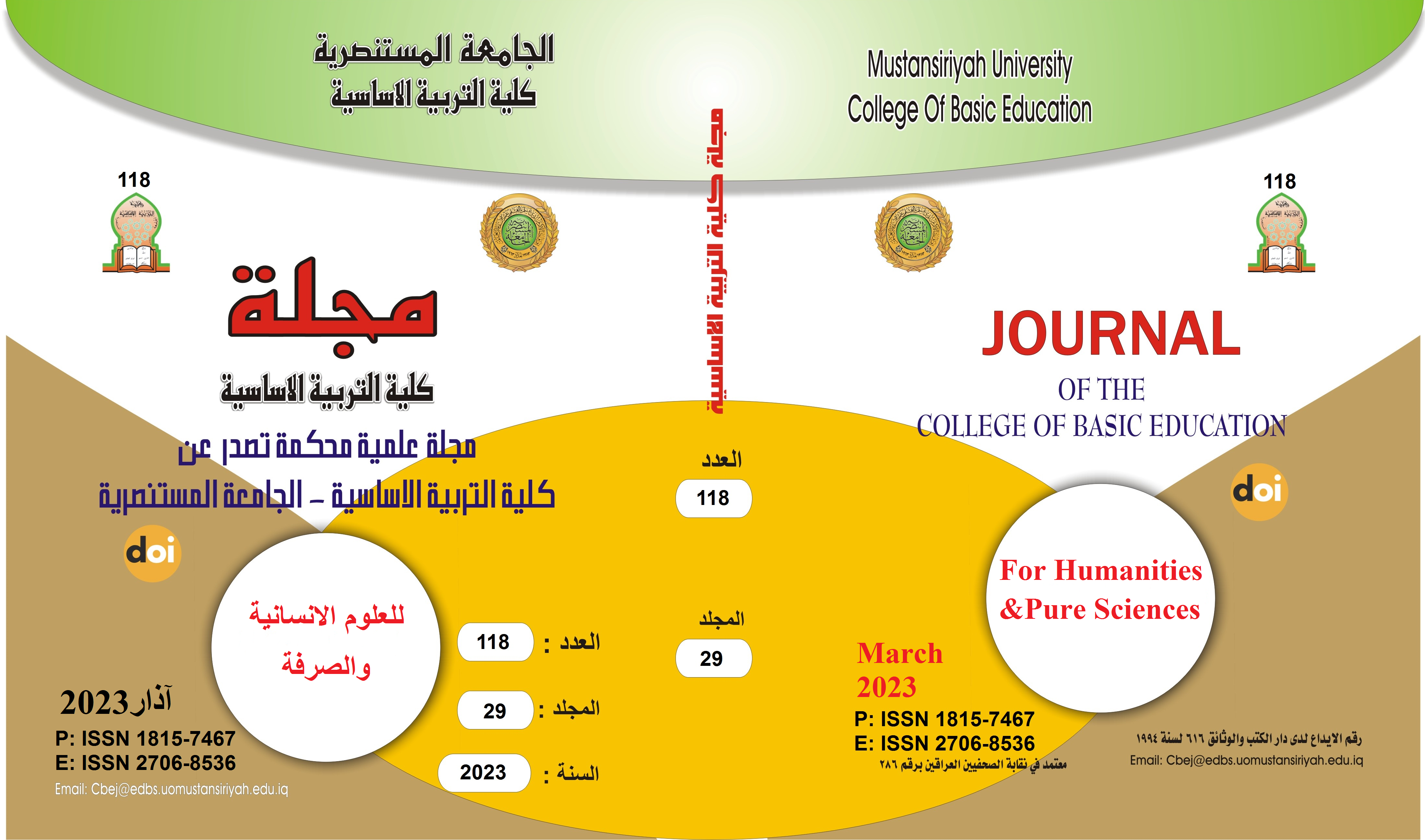Arab-Israeli normalization agreements and coping mechanisms
Main Article Content
Abstract
the introduction:
The year 2020 witnessed dramatic developments in the Middle East, the most prominent of which was the signing of normalization agreements between Israel and Bahrain, the United Arab Emirates and Morocco, in addition to Israel making great strides towards official normalization with Sudan. The intersection of these factors while Donald Trump was in power in the United States constituted an incentive that prompted the signing of normalization agreements at this stage. The agreements of normalization and official rapprochement between Israel and some Arab regimes can be linked to some of the regional changes that have taken place in recent years and prompted Israel to recrystallize its foreign policies in the region, namely: 1. The decline in the power of the official Arab system and the inclusive Arab institutions in the wake of the failure of the Arab revolutions; 2. The growing role and influence of some Arab Gulf countries. 3. The growing role of Turkey and Iran as regional players, which makes the concern of Israel, the UAE and Saudi Arabia a common denominator; 4. Marginalizing the Palestinian issue and turning it into a secondary matter in the region. It has been evident that there has been a regression at the official and Arab/regional level with regard to the Palestinian cause. Unfortunately, the new deal could undermine the decades-old Arab consensus that crystallized in the Arab Peace Initiative in 2002, which calls for the establishment of a viable Palestinian state, with East Jerusalem as its capital on the borders. 1967 AD. Hence, this research paper came to define the nature and nature of the normalization agreements, the reasons behind them, their direct impact on the Palestinian cause, and the Palestinian mechanisms required to address them.
Article Details

This work is licensed under a Creative Commons Attribution-ShareAlike 4.0 International License.
